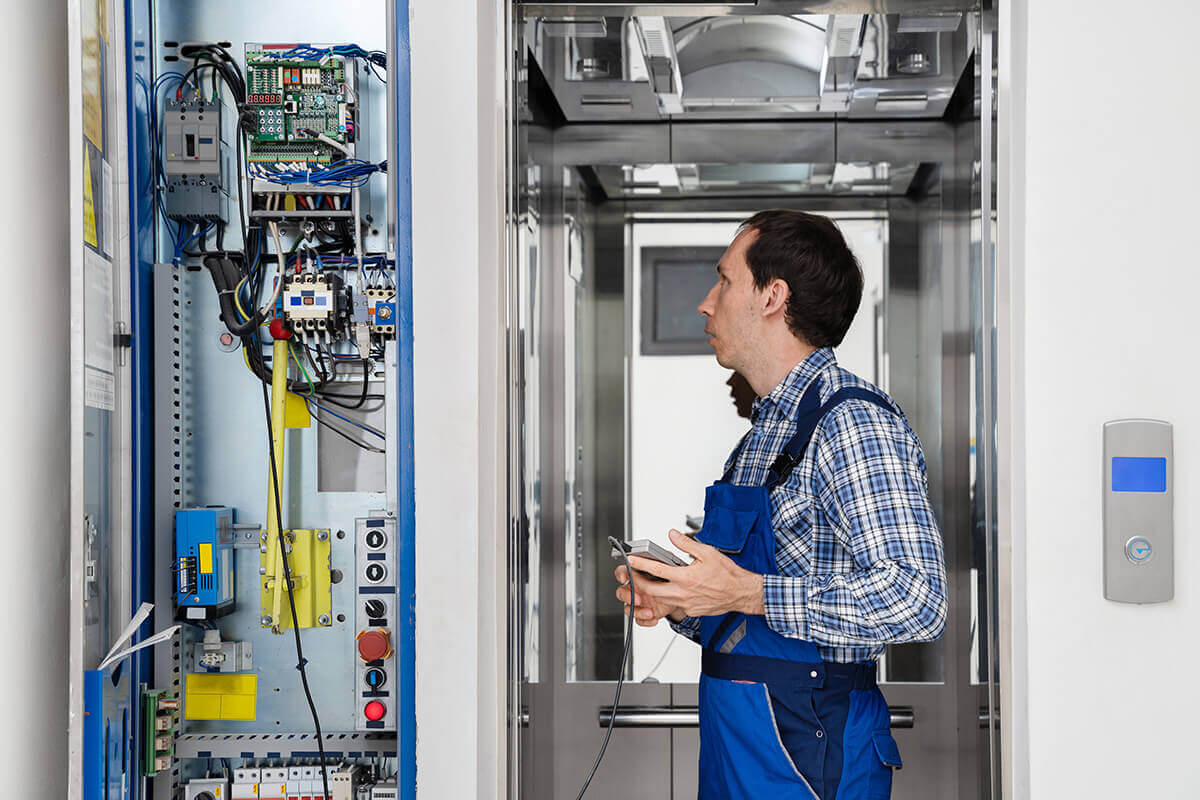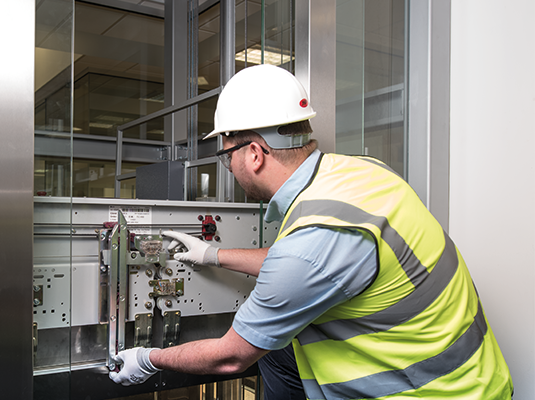Searching For Reliable Lift Maintenance London Services and Repair Companies Near Me
Comprehensive Guide to Lift Solutions and Their Upkeep
Navigating the complex world of elevator systems and their upkeep is a task that demands accuracy and understanding. From the various kinds of elevator systems in usage to the thorough adherence to safety laws, the maintenance of these vertical transport tools is a multifaceted undertaking. As buildings soar higher and modern technology advances, the need for a comprehensive understanding of elevator systems comes to be significantly essential. Join us as we unwind the intricacies of elevator upkeep, discovering common concerns, ideal methods, and sophisticated innovations that form the modern-day landscape of vertical transportation.
Types of Lift Solutions
The most typical kinds consist of hydraulic lifts, grip elevators, machine-room-less elevators, and vacuum cleaner elevators. Hydraulic lifts are perfect for low-rise buildings and make use of a hydraulic piston to move the lift car. Machine-room-less elevators are a space-saving option as they do not call for a different equipment area for the elevator equipment.
Each type of lift system has its own advantages and negative aspects, making it vital for structure proprietors and programmers to very carefully consider their particular demands prior to picking one of the most appropriate alternative. Elements such as building height, area accessibility, power effectiveness, and budget plan constraints all play a substantial duty in establishing the very best lift system for a particular structure.
Common Maintenance Problems
Routine upkeep of elevator systems is vital to guarantee smooth procedure and extend their life-span. Despite regular upkeep, elevator systems can still experience usual maintenance issues that require to be quickly resolved to avoid interruptions in service. Among one of the most constant problems is door breakdowns. Lift doors may obtain misaligned, bring about issues with opening and closing effectively. This can create hold-ups and safety and security threats, needing prompt focus from upkeep specialists. Another common trouble is associated with the elevator's leveling precision. Guests might experience tripping dangers and discomfort if the lift does not straighten appropriately with the floorings. Furthermore, problems with the control system, such as sensing unit issues or electrical problems, can trigger the elevator to malfunction or quit working entirely. Regular assessments and proactive upkeep can help determine and deal with these typical upkeep problems prior to they intensify and impact the total efficiency of the lift system.
Safety And Security Laws and Compliance
Sticking to rigorous safety policies and ensuring conformity with industry standards are paramount for preserving the operational integrity of lift systems. Elevators go through an extensive set of security laws to protect passengers, maintenance employees, and the general view publisher site public. Regulatory bodies such as the Occupational Safety And Security and Health Administration (OSHA) in the USA and the European Lift Association (ELA) in Europe develop standards that cover different facets of lift layout, setup, upkeep, and operation.
Conformity with these policies is not only a lawful need he said but also a moral obligation for building owners and lift maintenance business. Routine assessments, upkeep checks, and adherence to safety protocols outlined in the guidelines are crucial to make sure the secure and effective operation of lift systems.
Ideal Practices for Maintenance

Building proprietors should likewise consider investing in innovation upgrades to improve the effectiveness and security of their lift systems. By complying with these finest methods, elevator systems can run efficiently and safely, supplying trusted upright transport for occupants.

Advanced Technologies for Efficiency
Applying advanced technologies in elevator systems can substantially boost operational efficiency and traveler experience. These systems permit guests to input their desired flooring before getting in the lift, which after that guides them to the most effective car.
Additionally, the combination of wise sensing units and predictive upkeep abilities has actually revolutionized elevator upkeep. advice These sensors can find potential issues before they rise, allowing positive upkeep interventions and minimizing downtime. Furthermore, making use of regenerative drives and energy-efficient elements helps in reducing power intake and operating prices in elevator systems.
In addition, the application of cloud-based surveillance and remote diagnostics permits real-time tracking of elevator performance and prompt troubleshooting of any kind of malfunctions. This positive strategy not just enhances system integrity yet likewise boosts the general user experience by guaranteeing nonstop and smooth lift operations.
Conclusion
In verdict, comprehending the different sorts of elevator systems, common maintenance issues, safety and security regulations, ideal maintenance practices, and progressed innovations for effectiveness is vital for guaranteeing the smooth procedure of elevators. By sticking to security guidelines and applying ideal methods for maintenance, building owners can prolong the lifespan of their lift systems and guarantee the safety and security of travelers. It is essential to stay upgraded on the current improvements in elevator innovation to improve effectiveness and dependability.
The most usual types consist of hydraulic lifts, traction lifts, machine-room-less elevators, and vacuum elevators. Hydraulic elevators are perfect for low-rise buildings and use a hydraulic piston to relocate the elevator vehicle. Machine-room-less lifts are a space-saving option as they do not require a different device room for the elevator machinery. Normal evaluations and aggressive maintenance can assist determine and deal with these usual upkeep problems prior to they intensify and impact the general performance of the elevator system.
